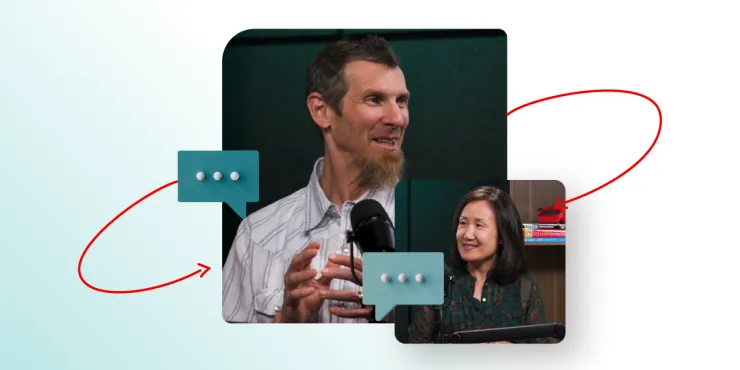The Red Hat Blog: Expert insights for navigating tech complexity
Featured posts
Red Hat Insights is now Red Hat Lightspeed: Accelerating AI-powered management
Latest posts
Attestation vs. integrity in a zero-trust world
Why should your organization standardize on Red Hat Enterprise Linux today?
GA Support for Red Hat OpenShift on VMware vSphere Foundation 9 and VMware Cloud Foundation 9
Friday Five — December 19, 2025 | Red Hat
Ford's keyless strategy for managing 200+ Red Hat OpenShift clusters
Featured stories

Technically Speaking | Driving healthcare discoveries with AI

What Is Product Security? | Compiler

Run containerized AI models locally with RamaLama
Red Hat AI Inference Server
Red Hat AI Inference Server optimizes model inference across the hybrid cloud, creating faster and more cost-effective model deployments
Browse by channel
Automation
The latest on IT automation for tech, teams, and environments
Artificial intelligence
Updates on the platforms that free customers to run AI workloads anywhere
Open hybrid cloud
Explore how we build a more flexible future with hybrid cloud
Security
The latest on how we reduce risks across environments and technologies
Edge computing
Updates on the platforms that simplify operations at the edge
Infrastructure
The latest on the world’s leading enterprise Linux platform
Applications
Inside our solutions to the toughest application challenges
Virtualization
The future of enterprise virtualization for your workloads on-premise or across clouds



